Putting jet lag to good use.
Time Zone: Eastern Daylight
Precise Location: New York State
Currently….blogging at 4.45am while the world, the city around me sleeps!
—–00000—–
I didn’t have had much time to browse street corners and market stalls for seasonal produce while in transit from Holland to New York, via home……but I know this much: this is the time for bursts of strong colour. Black Nigerian/African Walnuts and Yellow Cameroonian Peppers usher in the subdued rains of July. FLanked on both sides by sweet and juicy oranges. They are bold and confident, preparing perhaps for the week of grace – grace from rain, of absolute dryness known here as ‘August break’. Respite from the incessant hammering of the rain.
African/Nigerian walnuts
These Black-shelled Walnuts aren’t what you in the West know as ‘walnuts’. But they are the gifts I remember from journeys as a child. As does my friend B. When she was young she looked forward to out-of-town friends and family visiting for they always brought bucket loads of walnuts with them. The pleasure of cracking a black shell to reveal a creamy nut inside is as rewarding as bungee-jumping – the contrasts in colour, the element of surprise, the cool crunch as you eat and the slight bitterness it leaves on your palate – oddly welcoming, and refreshing at the same time.
I too remember eating them too but always associated with ‘travelling’ someplace, with a journey, with ‘greener grass’ from lands and places far away. Mystery, adventure, and stories untold. They weren’t the snack of home. Not the ones we bought when we went out for the day.
Hawked by women and children in little cones of transparent cellophane, always full of condensed bubbles of water, these are one of my favourites.
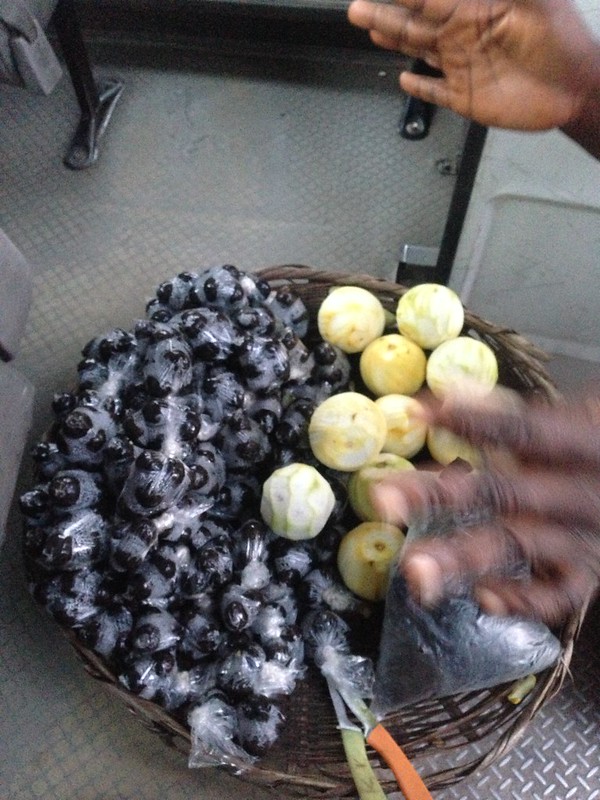
As with a nation the size of Nigeria, the Walnuts are known by various names
West/ Yoruba – Awusa or Asala
East/ Ibo – Ukpa
South
Edo/Delta- Okhue or Okwe
Benue/Igbira – Arinsa
According to AllAfrica.com, these nuts, which are harvested in December and are available all year round come from an ornamental tree that is highly priced for its beauty.
Botanically called Tetracarpidium conophorum, African walnut belongs to the family Euphorbiaceae.
The African Walnut’s seed kernel is edible, by boiling in water, just like eggs. Without cooking, the seed is bitter.
They are an eagerly awaited snack.
In Lagos, I see a lady hawk a tray full of black walnuts and peeled oranges. I am after the oranges to abate the sniffles and sniffling my children and I are doing. Hay-fever. Cold. Whatever, we need vitamin C to combat it. Put it at bay. Lay it to sleep forever.
While purchasing my oranges, we talk about how she prepares the walnuts. She buys them by the basket load from markets in Ketu – outside Lagos main city.
Once home, she washes them and sets them to boil for a long time – up to 4, 5 hours. Once they are ready, she has to immerse them in cold water and leave them to ‘rest’ otherwise the thin shells shatter, revealing too soon the creamy nuts inside.
Mr Disu, of Agric Products in Lagos Markets writes:……people eagerly await the annual arrival of African Walnuts in our Lagos Markets. Interestingly, the harvesting period coincides with the full-fledged arrival of maize and the rains. Middlemen usually purchase the fruits from the hinterland farms and transport them into “Mile 12” wholesale market. Retailers then purchase them and bring them into urban markets. Frequently, street hawkers sell them in cooked form to the populace.
The African/Nigerian walnuts are dark-brown to black hard-shelled nuts, about 2-3 centimetres in diameter, housing seeds/kernels which resemble acorns with a prominent, textured basal section.
The shell isn’t that hard. You have a few choices to break it – cracking it between your teeth, by biting down. Or hitting it lightly on a hard surface. I often go with ‘tip 1’.
The creamy white seeds sometimes are sheathed with thin, brown papery skin.
While the kernel is creamy-beige on the outside, the interior is whiter and is consists of two semi-globules tightly held together,with no apparent division till you bite and see the natural split.
Though it is called walnut, for some resemblance to the temperate walnut that’s where the similarities end for they taste nothing like each other. These African walnuts are cool and crisp, reminiscent of a texture between a water chestnut and regular chestnuts. Crisp but meaty and slightly bitter. Overall refreshing.
We all eat them. We don’t do anything else with them.
Now I wonder if a milk can be produced from them, in the manner of Kunnu. I know it’ll be a bit bitter but who knows, the resulting liquid may be cool, creamy and refreshing too?
I can also see them sliced in a salad, thinly on a mandoline…shaved in the manner of truffles and strewn over meats and vegetables. Like cheese. Perhaps tossed in lemony olive oil and finished with black pepper and fine salt.
We’ll see.
Yellow Camerounian Peppers
My deep freezer is full, with bags of this fragrant yellow chilli pepper which I hate to stay without. Its heat is intense, but sweet with an aroma so delightful and fresh.
They come in all shapes and sizes, form across the border I think. Across the border in Cameroun but honestly, I’m not sure at all. What I know is that I love them, and that I can only find them at certain times of the year – in June and July. Maybe August too.
They come in a variety of shapes from round to long, but all with the same characteristic sunny disposition and heat! Shiny, glossy skin housing hot, hot, hot seeds that are so delicious in dishes.
I’ll never forget the first time I tried them. It was in Lagos and my sister in law had made a soup with them, similar to Ogbono but with okro. Lady fingers. It was delicious and peppery but there was a sweetness, a flavour that I couldn’t place. Till she revealed the wonder in a pepper…..I haven’t looked back since.
While we lived in The Netherlands, they were also very popular and I used them often, in rice dishes but my absolute favourite way was in a pepper sauce.
These days I use them in every and anything and you can taste the difference – from my stews to Jollof rice and fried eggs.
I have considered bottling and marketing the pepper sauce :-)…..coming soon! To a store aisle near you!!!
Oranges
Oranges are interesting in Nigeria. They change character from juicy and tasteless in December to juicy and tasty in July.
But truth be told, I find no ‘ladylike’ way to suck on an orange as we commonly do in Nigeria. Some fruits don’t make it easy for you to extract their essence. Like mangoes.
The oranges are cheap and I need the liquid so I get stuck in. First of all, I turn it upside down, and bite as circular a chunk off the base as I can — that’s my access to the juice.
squeezing and turning the base, as I would if I wanted to ‘juice-the-orange-by-hand’, I raise fruit to my mouth and drink of its nectar. This goes on an on till I am exhausted, or the orange has run out of fruit and then in true sustainability fashion, I tear it open and chew the roughage, till all that’s left of this orange is skin. And seed.
Sometimes I am content with the juice alone, especially if it isn’t the tastiest of oranges.
And other times I go the whole hog.
Just a taste of what’s in season in Nigeria, now.
—–00000——
From here on till early August, I expect it to be all samplings of New York City.
Stay tuned.
[wpurp-searchable-recipe]Nigeria’s Transition Season produce: July – – – [/wpurp-searchable-recipe]

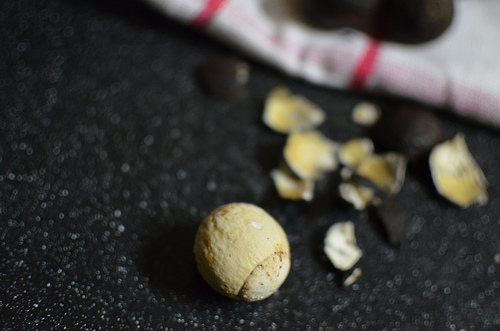



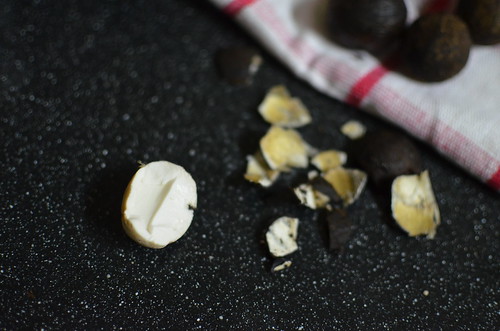
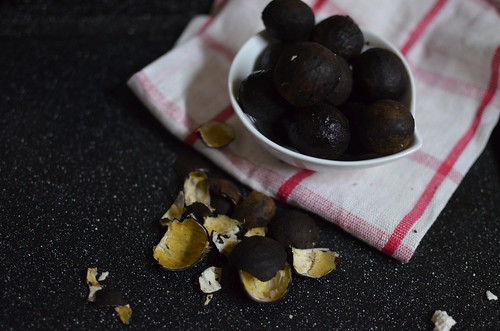
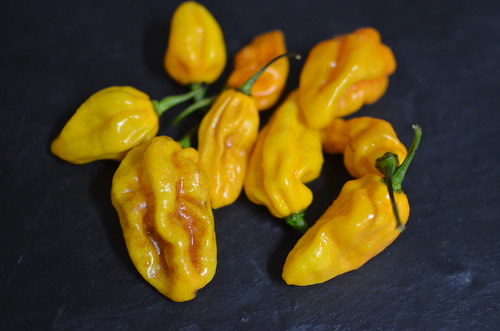
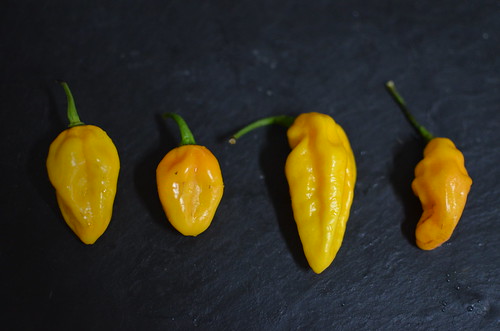

Leave a Reply